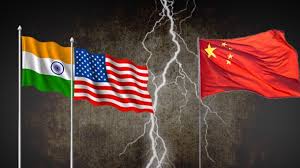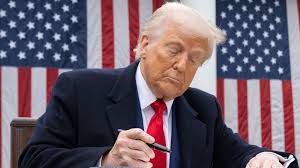29-August-2024
Trump-China Trade Tariffs: What They Mean for India’s Export-Import Market
In recent years, global trade has been shaken by rising tensions between the United States and China. One of the biggest turning points was when former U.S. President Donald Trump imposed heavy tariffs on Chinese goods. These trade barriers weren’t just about economics—they were also about politics, technology, and national security.
But how does a fight between the world’s two largest economies affect a country like India? Let’s break it down.
What Were the Trump-China Tariffs?
In simple terms, tariffs are extra taxes on imported goods. Under Trump’s administration, the U.S. placed billions of dollars’ worth of tariffs on Chinese products. China responded by doing the same to American goods. This back-and-forth led to a full-blown trade war between the two giants.
The Impact on India’s Export-Import Market
While India wasn’t directly involved, the ripple effects have definitely been felt.
1. New Opportunities for Indian Exporters
With Chinese goods becoming more expensive in the U.S. due to tariffs, American companies started looking elsewhere. India, with its growing manufacturing base, was seen as a potential alternative.
Sectors that gained include pharmaceuticals, textiles, IT services, and electronics components. For example, some Indian companies started getting more orders for electronics and chemicals as U.S. buyers tried to reduce their reliance on China.
2. Tougher Competition in Some Areas
On the flip side, China also looked to expand its market in other countries, including India. With cheaper products, Chinese companies often compete with Indian manufacturers, especially in electronics and machinery. This made it harder for Indian producers to compete in their home market.
3. Global Supply Chain Disruptions
The trade war created uncertainty in global supply chains, especially for industries like electronics and automotive where parts come from multiple countries. Indian companies relying on Chinese components faced delays and cost hikes. Some had to start looking for new suppliers or consider “Make in India” strategies to be more self-reliant.
What Could Happen in the Long Term?
There’s a positive outlook for India. If global companies continue to diversify away from China, India could become a bigger player in global exports. But there are challenges too—India needs to improve its infrastructure, logistics, and ease of doing business to fully take advantage of these shifts.
Conclusion
The Trump-China trade war may have started across the Pacific, but its effects have reached Indian shores. For India, it’s a mix of opportunities and challenges. With the right policies and strategies, this global tension could actually become a turning point for India’s trade future.




